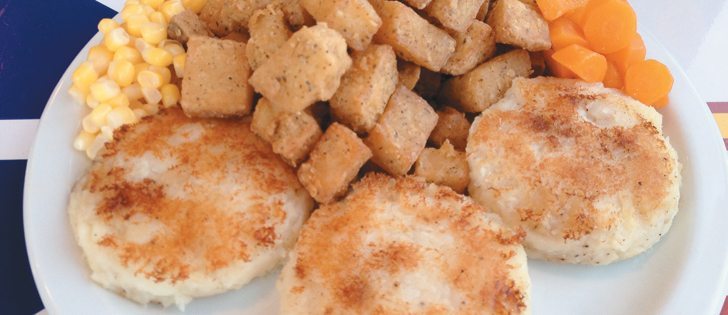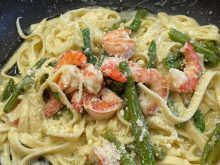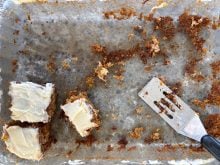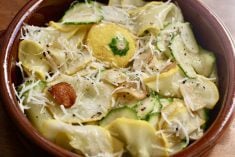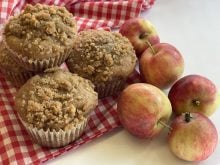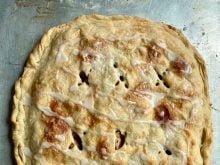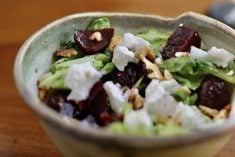Newfoundland and Labrador is really the birthplace of Canada, even though it was the last province to join Canada. Its history goes back to the First Nations and the arrival of the Vikings 1,000 years ago to L’Anse aux Meadows, where they established a short-lived settlement.
In 1497, John Cabot landed at Cape Bonavista five years after Christopher Columbus discovered North America. Cabot and his crew were amazed at the abundance of fish.
Almost immediately, the English, French, Spanish and Portuguese came here to fish for cod. In Europe, there was great demand for fish and the Atlantic cod was popular with its mild flavour, low fat content and dense white flesh.
Read Also

Fuel rebate rule change will affect taxes and AgriStability
The federal government recently announced updates to the fuel rebates that farmers have been receiving since 2019-20.
To preserve the fish, the fishermen cleaned and salted it on board their ships and then dried it when they returned to Europe.
The English fishermen took the cod to shore to clean, salt and then air dry on the rocky beaches or on wooded drying racks called flakes. These shore fish processing sites eventually became settlements.
With the demand for cod, merchants brought goods to trade and built warehouses and mercantile establishments. The dried cod be-came the currency and dictated the fortunes of the fishermen, their families and the merchants.
The name King Cod developed, but excessive Canadian and foreign fishing depleted stocks and the industry shut down. Now the recreational cod fishing season is just three weeks in July and one week in September.
We enjoyed sampling cod in various forms. Cod tongues are the texture of chicken, a little chewy with a fish taste. They were breaded, deep-fried and served with scrunchions, cubes of salt pork fat that are rendered to crisp cubes. Rendered fat is used to fry the cod in and the crisp pieces are served as a condiment.
The following recipes have been adapted from Fat-back and Molasses: A Collection of Favourite Old Recipes From Newfoundland and Labrador.
Most of the recipes were submitted by United Church women in the province.
Fried Cod Tongues
- 2 lb. cod tongues, fresh or frozen 1 kg
- 1 1/2 c. flour 375 mL
- 1 tsp. salt 5 mL
- 1/2 tsp. pepper 2 mL
- 1/2 lb. salt pork 250 g
Carefully wash cod tongues and dry with paper towels. Allow seven to eight tongues per person. Put flour, salt and pepper in a plastic bag, add tongues and shake until evenly coated. Cube salt pork and fry until fat is rendered and pork (scrunchions) are crisp and brown. Remove scrunchions.
Fry tongues over medium hot heat until browned and crisp on both sides. Serve with mashed potatoes and green peas.
Cod fish cakes
This is a traditional recipe using salted cod. The parsnips and savory herb add a bit more flavour.
- 1 lb. salt cod, boned and cooked 454 g
- 6 cooked potatoes, mashed
- 2 onions
- 3 cooked parsnips (optional)
- 1 egg, well beaten
- 1/4 tsp. ground pepper 1 mL
- 1 tsp. ground savory herb 5 mL
- 1/2 c. bread crumbs 125 mL
- 1/4 lb. salt pork fat or bacon 125 g
Place the salt cod in a deep bowl, cover with cold water and refrigerate for at least 18 hours, changing the water once or twice. After the fish has soaked, drain and remove the skin and bones. Cut the fish into pieces and put it in a non-aluminum saucepan. Cover with cold water and bring to a boil over medium heat. Reduce heat to low, cover and simmer 20 minutes or until the cod flakes easily.
Cook the onions in a small amount of water. Combine the mashed potatoes, parsnips and fish, mash together. Add the beaten egg, onions, water, pepper and savory herb, mix well.
Line a baking sheet with wax paper and place breadcrumbs in a bowl. Take a handful of the cod mixture and form into patties about three inches (6 cm) across and 3/4 inches (1.5 cm) thick. Coat both sides of cod cake with breadcrumbs. Place on the baking sheet. Continue until the mixture is formed into patties. Cool in the refrigerator for 30 minutes or for several hours if making ahead.
Cube the salt pork fat and render to make scrunchions as described in the cod tongue recipe.
Fry three or four cod cakes at a time in the rendered fat over medium heat for about five minutes per side, until they are crusty and well browned. Turn the cakes only once. Keep warm until other cakes are fried. Serve with mustard or a spicy relish.
Makes 12 – 14 cod cakes.
Cod au Gratin
This was my favourite Newfoundland cod dish.
- 2 lbs. fresh or frozen boned fillet of cod 1 kg
- 3 tbsp. margarine or butter 45 mL
- 3 tbsp. flour 45 mL
- 2 c. milk 500 mL
- 1/2 tsp. salt 2 mL
- 1/8 tsp. white pepper 0.5 mL
- 1 c. old or medium cheddar cheese, grated 250 mL
Simmer cod in two quarts (2 L) salted water for 10 minutes. Drain, flake fish a little, but don’t mash. Melt butter, then stir flour, salt and pepper into melted butter.
Add milk to butter and flour mixture, heat slowly, stirring until thickened and smooth. Don’t boil.
Arrange fish in bottom of ovenproof dish or individual casseroles.
Cover fish with cream sauce and top with grated cheese. Place casseroles in shallow pan of water and bake at 350 F (180 C) for 30 minutes.
Serve with a crusty roll and coleslaw. Serves four.
Betty Ann Deobald is a home economist from Rosetown, Sask., and a member of Team Resources. Contact: team@producer.com.

